Why is transport important?
It’s time to tackle Australia’s transport problems
As a trusted industry leader, we’re challenging students to create an innovative product or service that addresses a real-world transport need, through the application of design thinking. It’s all about collaboration and entrepreneurship, with six finalist teams pitching their ideas live in front of a panel of transport industry experts at a virtual youth event in November.
The problems we’re facing
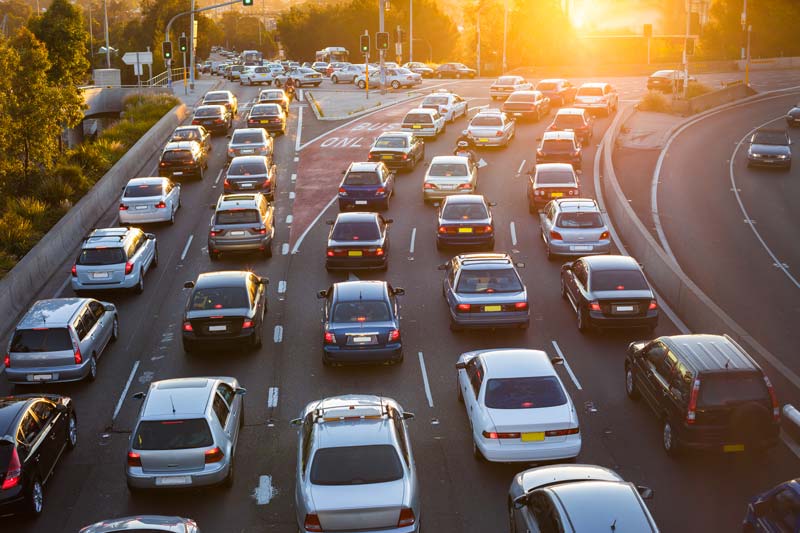
Congestion
Without major policy changes, the congestion costs in Australia are projected to reach between $27.7—$37.3 billion by 2030[1]
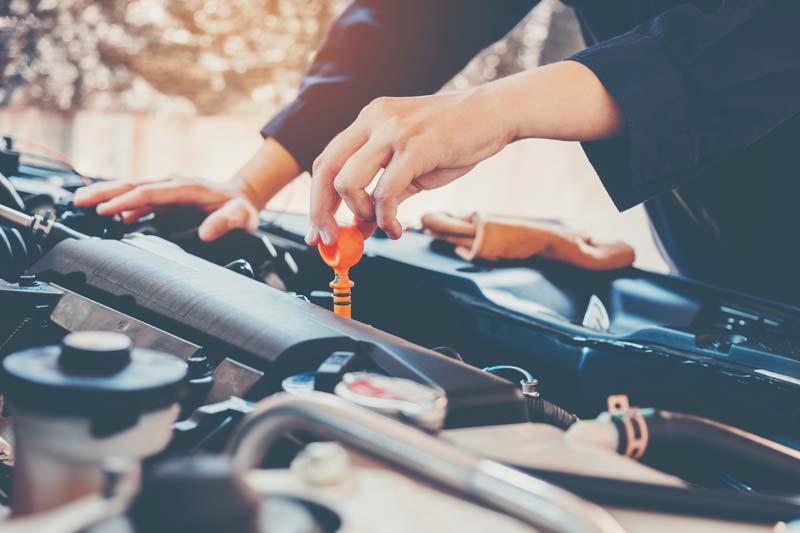
Cost of transport
In 2021 a typical Sydney family spent $461.57 per week on costs relating to transport[2]
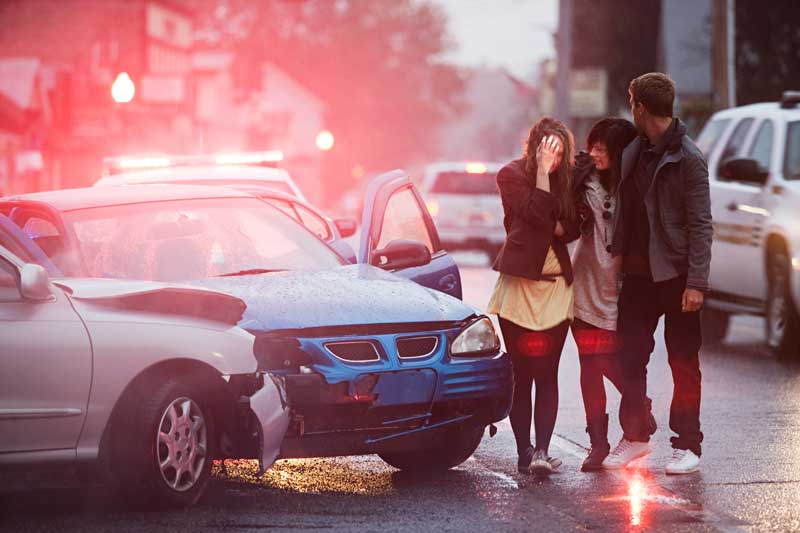
Road crashes
Death and injury on roads brings significant social trauma to families and costs the Australian economy almost $30 billion, annually[3]
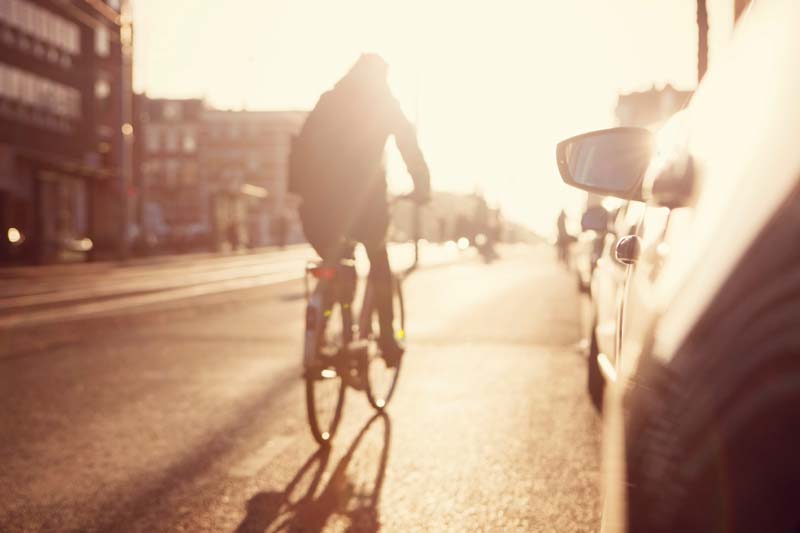
Health & environment
In Australia, air pollution from burning fossil fuels and industry emissions leads to approximately 3,000 premature deaths a year[4]

Safety
1300 people die annually on Australian roads with over 90% of all crashes happening due to human error rather than mechanical reasons[5]
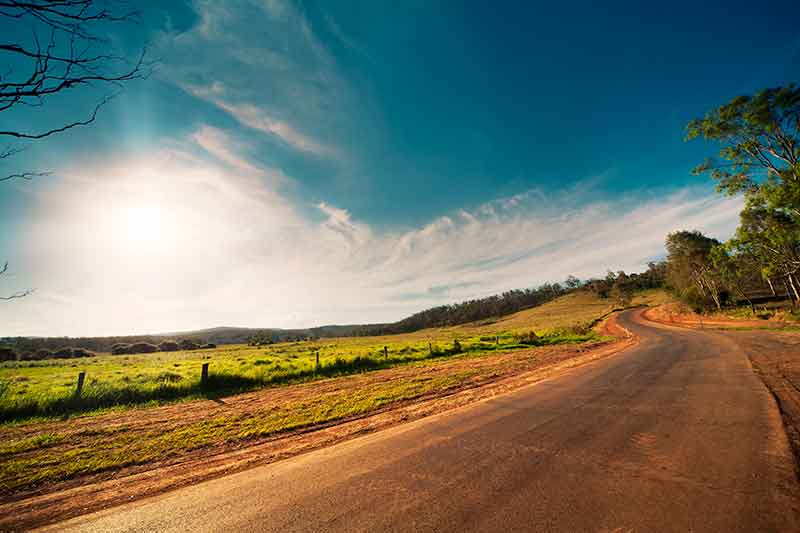
Transport inequality
People living on the fringes of cities, and those in regional and rural areas, have an undersupply of transport options[6]
Are your students up to the Challenge?
Register them now for free.
Once your students are registered, they can head to the ‘Get started’ section of this website to begin the design thinking process.
They can choose from these questions or can create their own:
- How can cars connected to the internet and controlled by artificial intelligence make roads safer?
- Is individual car ownership becoming a thing of the past?
- Can money be made from getting people cheaply and easily from home to their nearest transport hub?
- How can new transport technologies improve the lives of the disabled, the young and the old who are unable to drive?
- What is mobility as a service and does it open opportunities for individuals to make money from providing this service?
- What new car building technologies are just around the corner and do they promise to be more sustainable?
- How can we make bike riding more popular to reduce traffic congestion and increase people’s health?
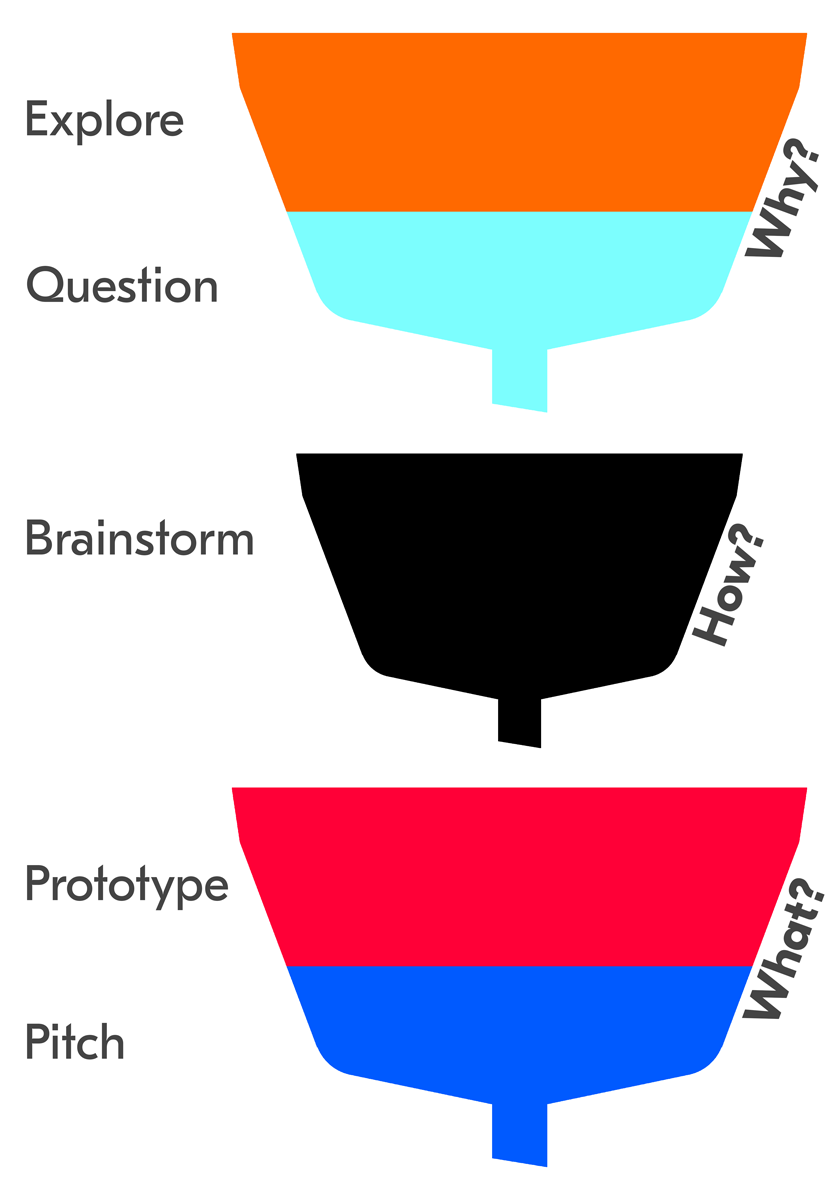

 Can technology like electric cars, cars connected to the internet and transport services ordered via a mobile phones improve the quality of our lives and reduce congestion in our cities?
Can technology like electric cars, cars connected to the internet and transport services ordered via a mobile phones improve the quality of our lives and reduce congestion in our cities?